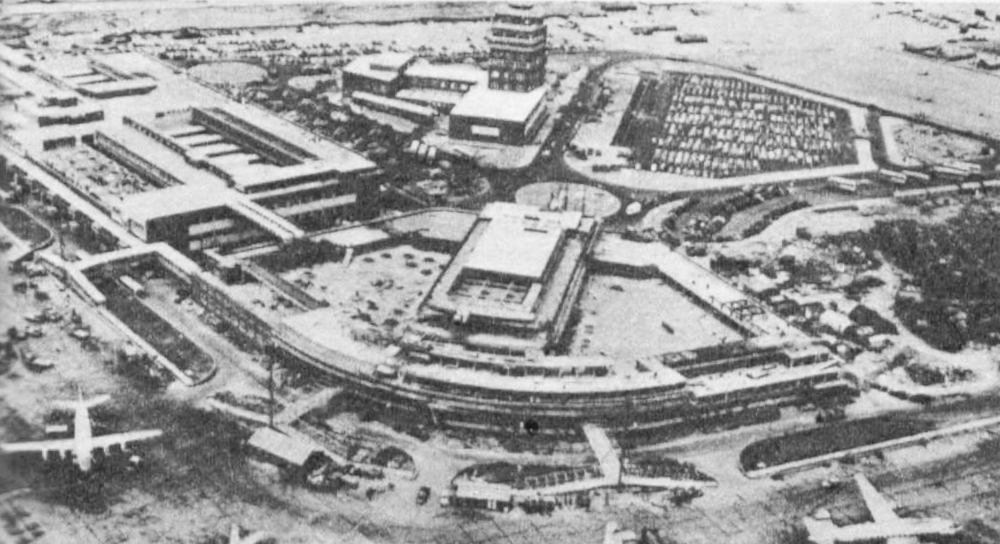From the TVTimes Midlands edition for 28 September – 4 October 1958
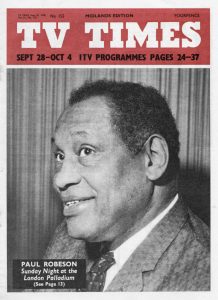 It is back to school for a second academic year for ITV on Monday — and the number of schools taking the Monday to Friday programmes will be increased to 580 by the entry of Southern Television into the scheme.
It is back to school for a second academic year for ITV on Monday — and the number of schools taking the Monday to Friday programmes will be increased to 580 by the entry of Southern Television into the scheme.
For the first time, the family of classroom viewers are to share a contribution from Scotland. For the first time, too, there will be an opportunity for everybody to take part in a competition with prizes.
For the first time — in the Friday art series — a boy and girl will be in the studio each week. And, for the first time, the schools broadcasts organisers have included geography in the curriculum.
Cameramen have recently completed work on the Tuesday and Thursday series. “La Dordogne — the Story of a River.” Beginning at its sources in the French Massif Central, which can be reached only in the late spring and summer, being otherwise snowbound, a French crew directed by Randal Beattie has followed the life of the river through all its phases and finally come down to the plain of Aquitaine.
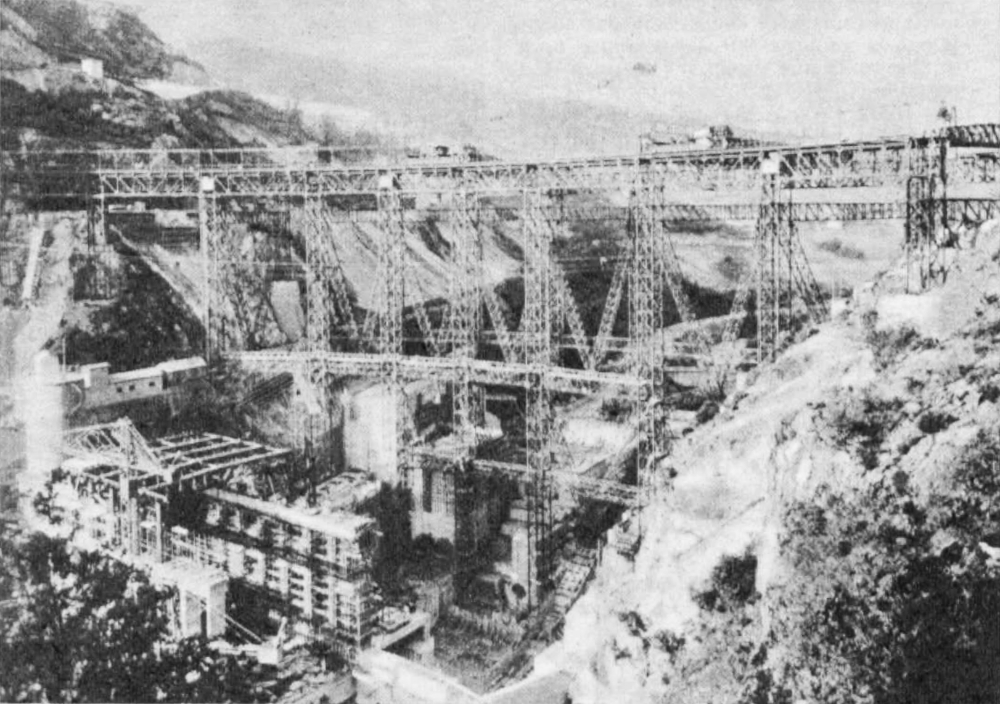
The nine filmed programmes of the series are designed to show how the way of life along the river bank, both today and in the past, has been bound up inextricably with the physical geography of the valley.
Says education officer John Lloyd: “We chose the Dordogne because it is particularly rich in scenery, and the people, social customs, architecture and history of the area arc of exceptional interest.”
Why should a window in Bernard Braden’s house at Shepperton, Middlesex, figure in a programme for schools? The answer is that in bygone years a doodler with a diamond left his mark on the glass, and the engraved scrawl illustrates one of the properties dealt with in the Monday series, “Matter in Use.”
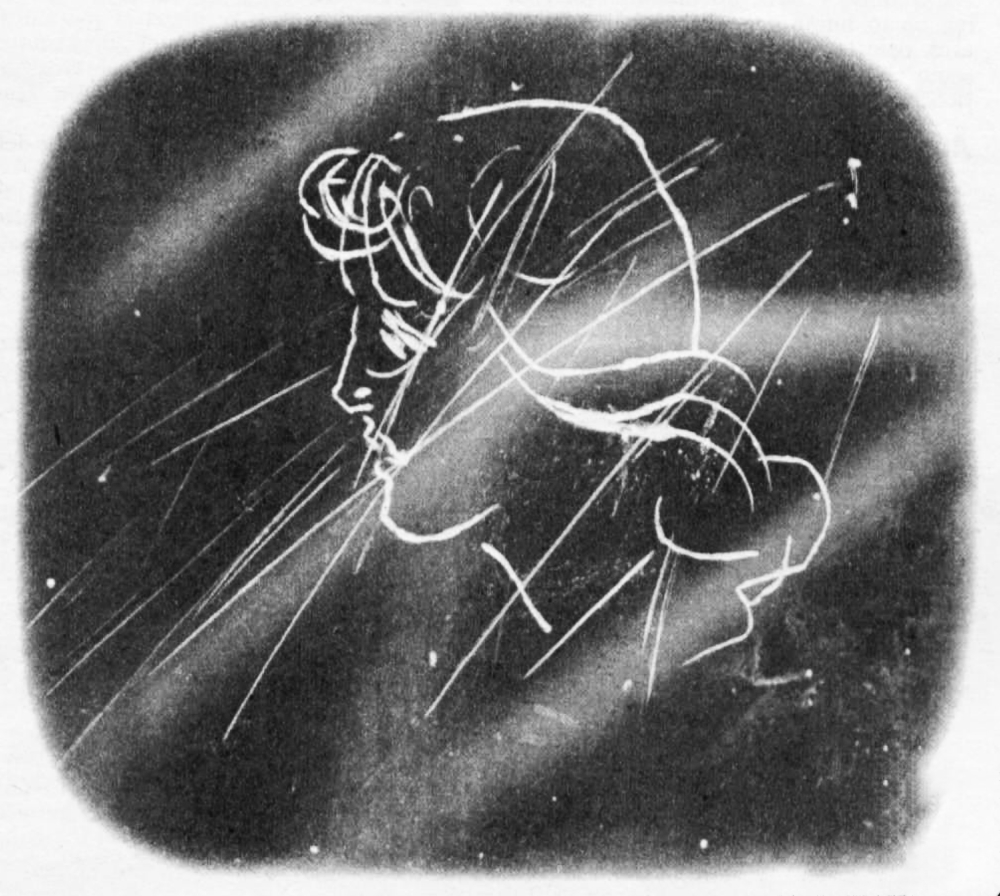
Here, the aim is to elicit the science which is associated with the materials and natural substances encountered in everyday life.
Says the programme’s director, Cambridge graduate John Frankau: “Although these basic science programmes are planned for children of medium ability, even a six-year-old ought to be able to get something from them. On the other hand, there will be an attempt to provide such stimuli for further inquiry and research as will meet the needs of better-than average pupils.”
The series will point the way naturally to a wide range of possible follow-up activities — from a suggested discussion of what happens to moth-balls when they grow smaller in the wardrobe, to an analysis of a diet-sheet. The preparation of the Wednesday social studies series, “Process of Law,” confronted director Peter Robinson with a problem.
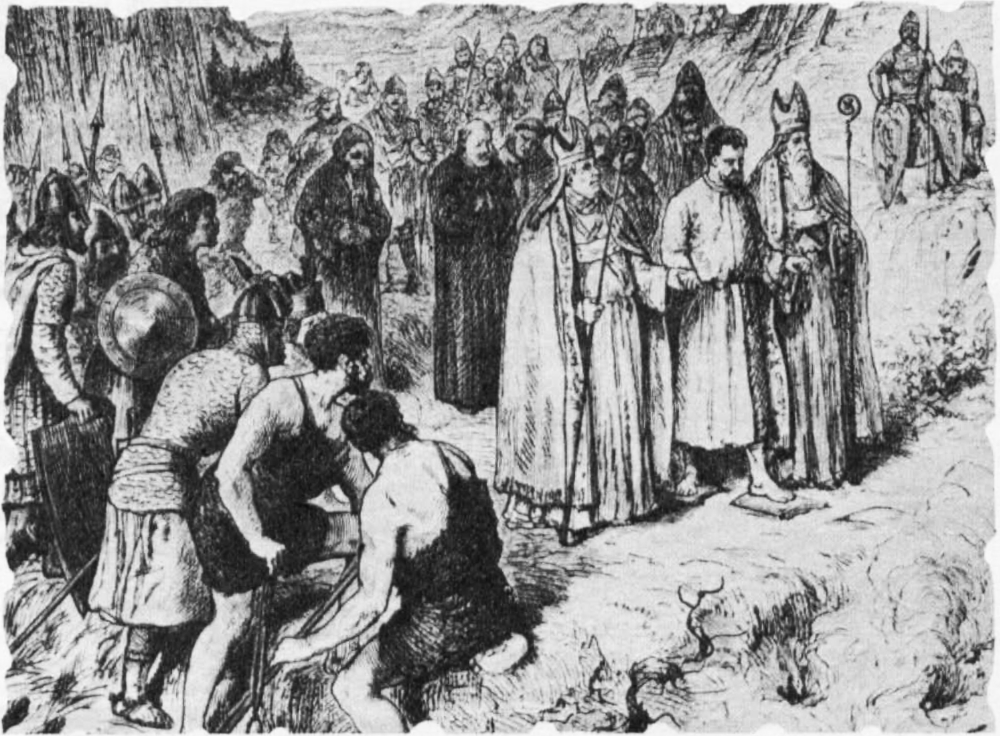
“Our difficulty has been in finding how to illustrate the working of the law in a studio,” says this Cambridge law graduate. “Most happenings connected with breaking the law occur out-of-doors, and, for another thing, it has been a teasing question how to introduce a courtroom scene.”
The programmes will explain the necessity for law, or rules, in any community, large or small, will outline the role of Parliament, and demonstrate the difference between a crime and a civil “injury.”
“The treatment will be documentary, and dramatisation will be used to clarify and bring home certain points,” says Robinson, who has brought in Jeremy Thorpe as narrator and interviewer.
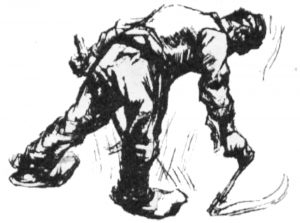
Rounding off the school week, the visual arts programmes, directed by June Neville, have a three fold aim.
Explains education officer Fernau Hall: “This is, first, to help children to appreciate black and white art — the basis of all visual art; secondly, to help them with their own work; thirdly, to heighten their awareness of the world around them.
“Milein Cosman, the distinguished graphic artist, will be in every programme. With him will be a notable guest, who will talk about the great works of the past and be seen in association with his or her own work.
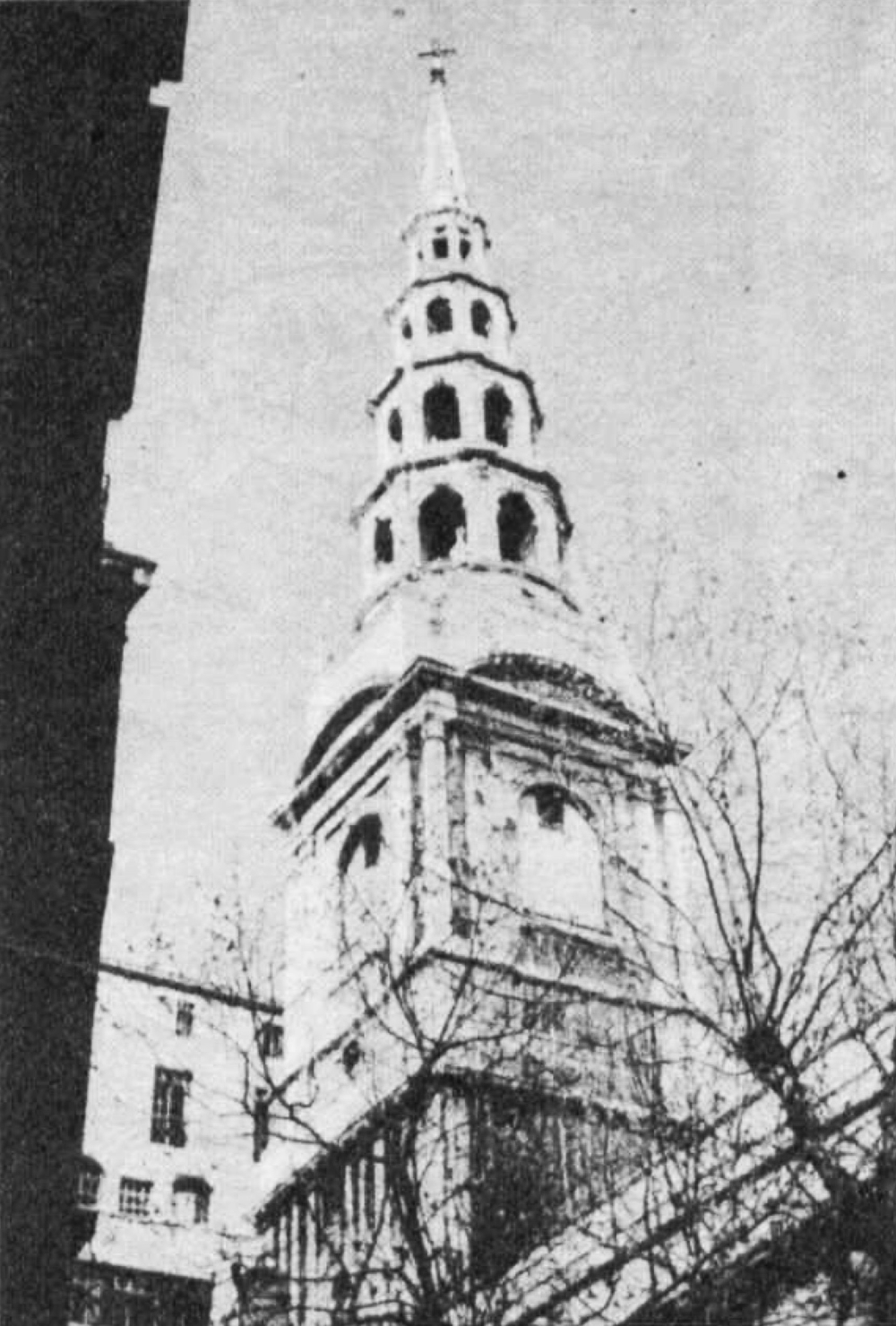
“Frederick Gibberd, for instance, will glance back at his historic forerunner, Sir Christopher Wren, and will also comment on a model of his own best-known work — the new London Airport buildings.
“Thus, the children will see for themselves that there can be different attitudes and styles according to the interpretation of the particular artist.”
